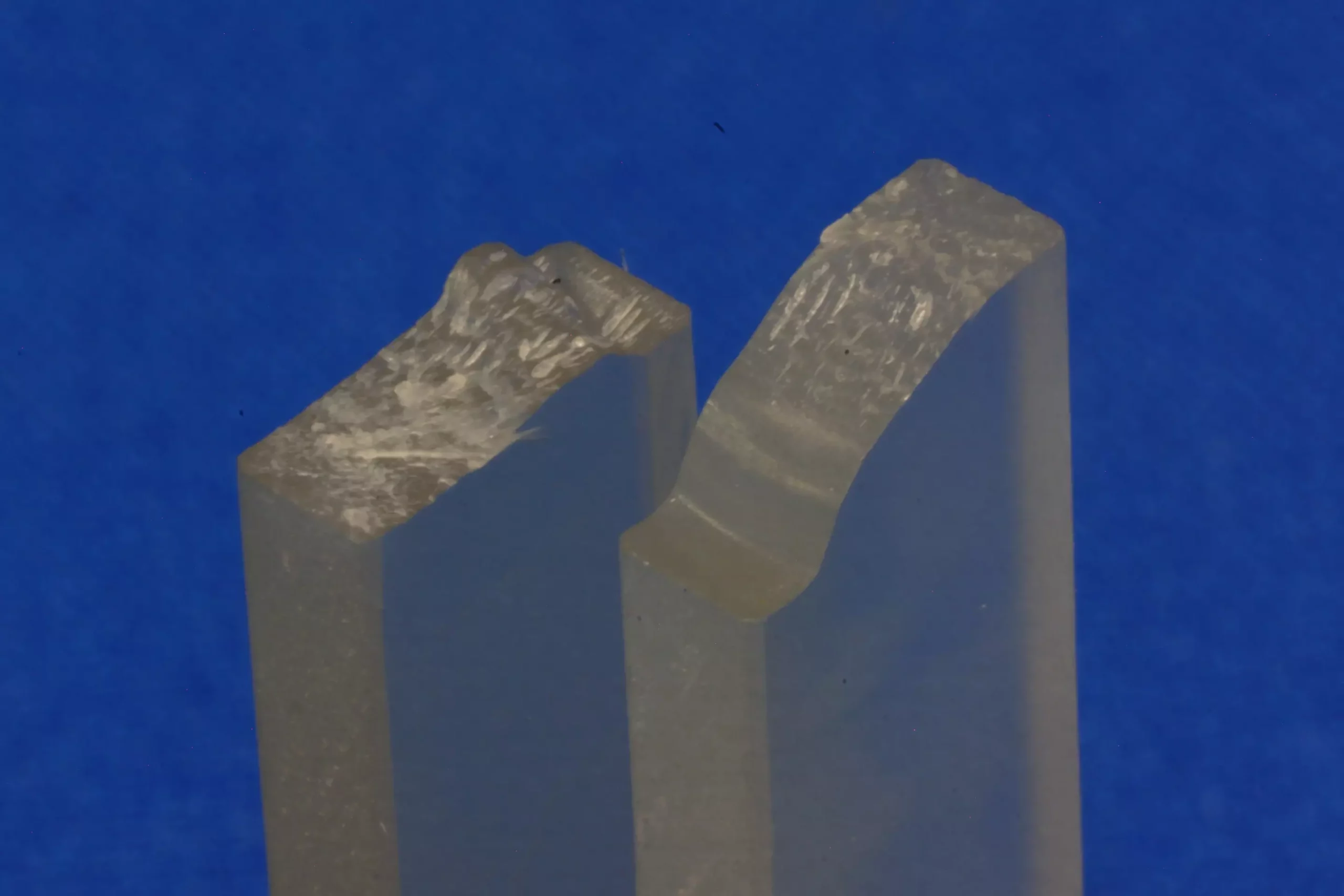In a groundbreaking development, bioengineers at Kobe University have engineered bacteria to produce a plastic modifier that enhances the properties of renewably sourced plastic. This innovative approach not only makes the plastic more processable and fracture-resistant but also highly biodegradable, even in seawater.
Plastic has become an integral part of modern society due to its versatility and durability. However, it is also a major source of pollution, as most plastics are persistent in nature and derived from non-renewable resources such as crude oil. In light of these environmental concerns, researchers and engineers have been exploring alternative solutions to traditional plastics.
To tackle the limitations of conventional plastics, the team at Kobe University, in collaboration with Kaneka Corporation, focused on combining polylactic acid with LAHB, a bioplastic with desirable properties such as biodegradability and good compatibility with polylactic acid. By engineering a strain of bacteria capable of producing LAHB in high quantities using glucose as a feedstock, they achieved a significant breakthrough in plastic manufacturing.
Through precise manipulation of the bacterial genome, the researchers were able to control the length of the LAHB chain, thereby influencing the properties of the resulting plastic. By producing ultra-high molecular weight LAHB chains, they were able to create a material that exhibited improved moldability, shock resistance, and biodegradability. This customizability opens up new possibilities for creating sustainable bioplastics with enhanced properties.
The successful blend of polylactic acid with LAHB represents a significant step towards developing environmentally sustainable bioplastics that meet the dual requirements of physical robustness and biodegradability. This innovative approach holds immense promise for transforming the plastic industry and reducing its impact on the environment.
While the current focus is on enhancing the properties of biodegradable plastics, the researchers at Kobe University have set their sights on a bigger goal. The engineered bacteria have the potential to utilize CO2 as a raw material, offering a pathway towards synthesizing useful plastics directly from greenhouse gases. This futuristic approach underscores the untapped potential of bioengineering in creating sustainable solutions for the future.
By harnessing the power of engineered bacteria and bioplastics, the research team at Kobe University is spearheading a new era in plastic production. Their groundbreaking work not only demonstrates the feasibility of creating environmentally friendly plastics but also emphasizes the importance of innovation in addressing global environmental challenges. As we look towards a more sustainable future, the role of bioengineering in shaping the plastics industry cannot be understated.


Leave a Reply